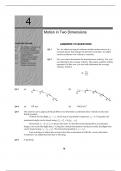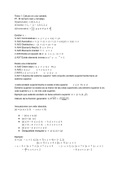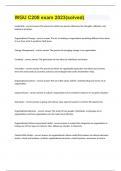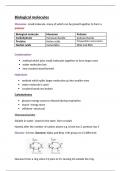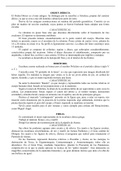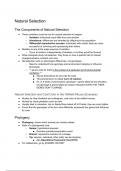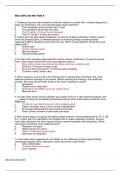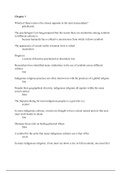Exam (elaborations)
Motion in Two Dimensions
- Course
- Institution
The balls will be closest together as the second ball is thrown. Yes, the first ball will always be moving faster, since its flight time is larger, and thus the vertical component of the velocity is larger. The time interval will be one second. No, since the vertical component of the motion det...
[Show more]
